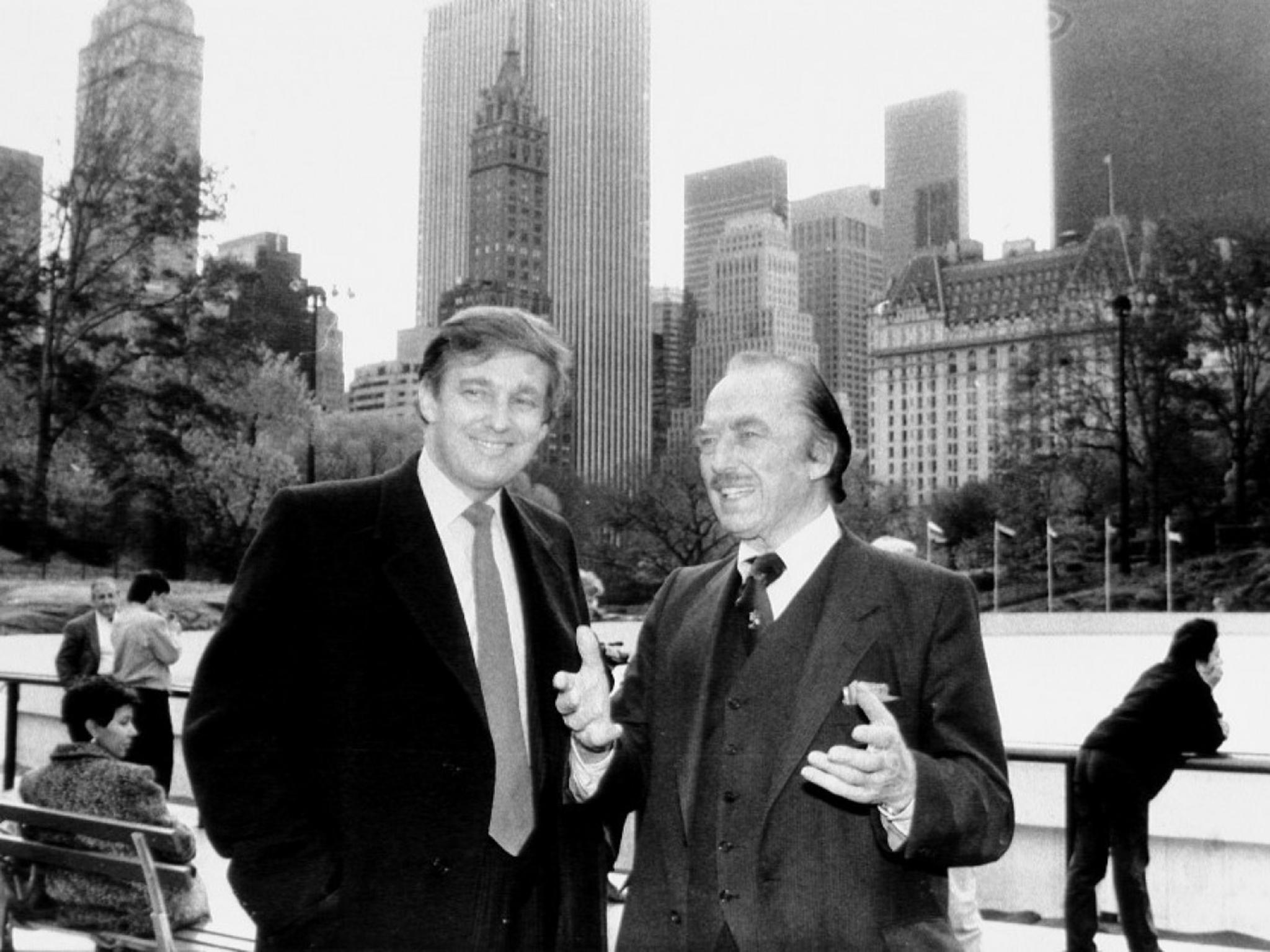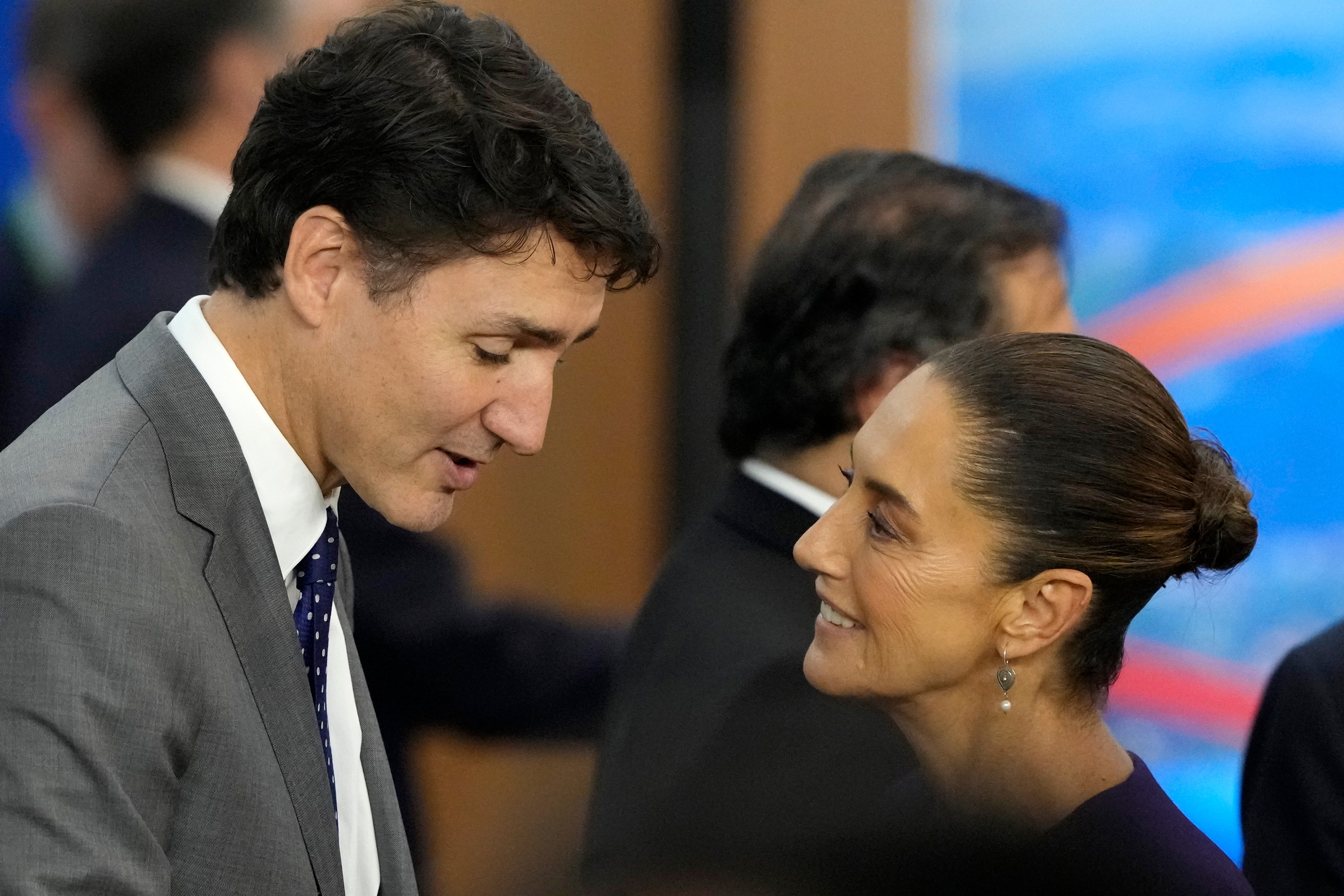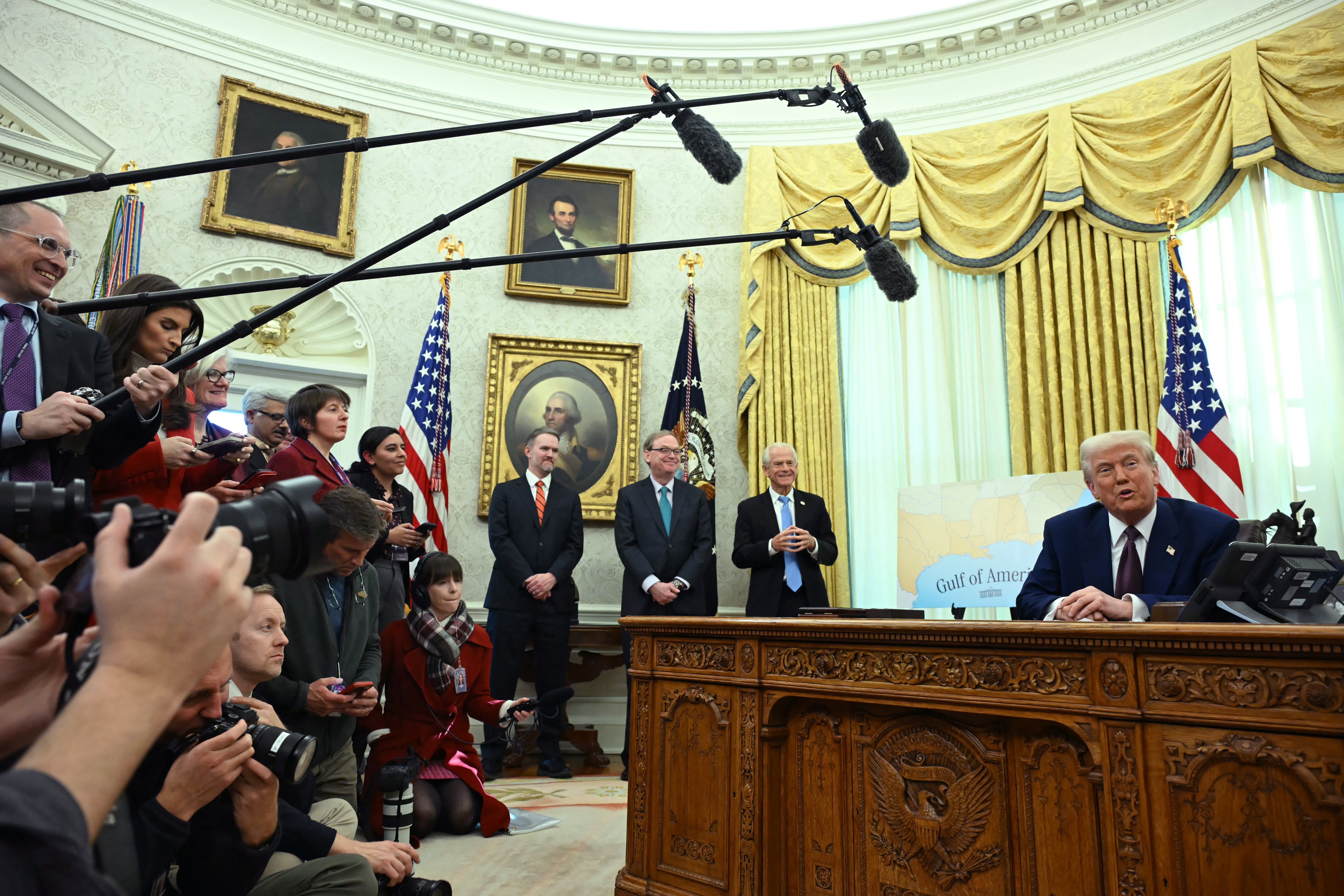Donald Trump has been long fixated on the idea that tariffs could solve the country’s budgetary problems.
The concept has a lengthy history. Until 1913 saw the introduction of the 16th Amendment granting Congress the power to levy income taxes, tariffs were the sole source of revenue for the federal government.
As Trump prepared to retake office, he began floating the idea of starting an “external revenue service” to handle tariff collection, seemingly ignorant of the fact that the U.S. Customs Service — now a division of U.S. Customs and Border Protection — has been responsible for collecting tariffs since Alexander Hamilton served as treasury secretary during George Washington’s presidency.
But Trump’s tariff obsession isn’t new. During his first term, he made more frequent use of his power to unilaterally impose more import taxes than any previous modern president.
And the idea has actually been a constant for his entire time in public life, dating back to his emergence as a real estate tycoon in the 1980s and 1990s.
Trump grew up in the prosperous period that started with the end of the Second World War and continued unabated until the shocks of the oil crisis that drove up prices in the late 1970s and helped lead to Ronald Reagan’s election over Jimmy Carter in 1980.
That period also saw the rise of Japan as a global business powerhouse that many at the time feared would overtake the U.S. as the world’s strongest economy.
As Trump’s profile grew and he began to toy with the idea of running for high office., he started talking about global trade — and those talking points have barely changed.
In one 1987 interview with CNN’s Larry King, he railed against Tokyo’s trade policies.

“The fact is, you don’t have free trade. We think of it as free trade, but you right now don’t have free trade,” he said, adding later that “a lot of people” were “tired of watching the other countries ripping off the United States.”
Japan is no longer the powerhouse it once was, but Trump still believes the United States is somehow getting “ripped off,” even though the trade deficits he often rails against are the result of global changes in manufacturing and supply chain expediencies rather than deliberate subterfuge by shadowy global elites.
And because of decades of decisions by Congress to delegate more and more trade authorities to the executive branch, America’s legislature no longer has nearly as much of a say in what taxes Americans pay on imported goods.
Days into his second term, Trump upended American markets by threatening to impose 25 percent tariffs on all imported goods from America’s two closest neighbors, Mexico and Canada.
As is his habit, he broke the news over a weekend and on his bespoke social media site, Truth Social — and by Monday morning, the markets reacted with a rapid sell-off as soon as they opened.
Soon, Trump was holding phone calls with Canadian Prime Minister Justin Trudeau and Mexican President Claudia Sheinbaum, after which both foreign leaders announced a series of concessions on security along their respective borders with the United States. Shortly afterwards, Trump said he was placing a 30-day pause on the tariff plan.
At the time, Trump said he was “very pleased with this initial outcome,” including Trudeau’s announcement that his government would appoint a “czar” to tackle fentanyl trafficking (the stated reason for Trump pushing for the tariffs) and launch a joint “strike force” to combat organized crime, drugs and money laundering.
He also hailed Sheinbaum’s pledge to add more Mexican troops to a force already patrolling her country’s northern frontier. It is still unclear though whether those added soldiers were the same ones she’d promised to send northward just months ago after an earlier set of tariff threats from Trump just after he won the 2024 presidential election.
On Thursday, Trump teased yet more tariff announcements in another Truth Social post promising a “press conference” and calling the forthcoming announcement of “reciprocal” tariffs on all nations “the big one.”
But when reporters (the normal 21-member White House press pool plus a few handpicked television correspondents) got to the Oval Office, what they witnesses was a lot more underwhelming.

Instead of immediately imposing reciprocal tariff rates on all imports based on the tariffs other countries charge their own citizens for American goods, Trump charged his economic team with studying the issue. They will examine what trade barriers other countries place on the sale of American goods and reporting back within 180 days, after which point Trump could start imposing retaliatory tariffs on any countries judged to be harming American interests through “non-reciprocal trade arrangements” adopted by any trading partners.
The president’s memorandum also declared that he’d consider the Value-Added Tax system used throughout the world to be the same as tariffs on American goods, and listed a whole host of other “government-imposed measure or policy or non-monetary barrier that restricts, prevents, or impedes international trade in goods” as things that the U.S. would now consider when applying tariffs under Trump’s reciprocity policy.
Once again, markets breathed a collective sigh of relief after it became clear that Trump wasn’t going to immediately impose the taxes. Most economists have warned the policy would be incredibly inflationary at a time when Trump is trying to fulfill campaign promises that include bringing prices down from record inflation levels reached under his predecessor, Joe Biden.
Speaking in the Oval Office, Trump said the plan would treat all countries the same based on their own individual trade laws.
“I’ve decided for purposes of fairness that I will charge a reciprocal tariff … it’s fair to all. No other country can complain,” he said. “If you build your product in the United States, there are no tariffs … this should have been done years ago.”

He added: “We’re going to make America rich again.”
The president has frequently groused about trade deficits that America has with other countries — even close allies such as Canada and Mexico — and he often claims that trade deficits are evidence that the U.S. is being taken advantage of or “ripped off.”
He denied the tariffs would lead to further inlation and told reporters: “Prices could go up short term, but prices will also go down.”
“Long-term it’s going to make our country a fortune,” he added.
What Trump wants, in essence, is a return to the economy he remembers as a child and as a young man, before other countries began to compete globally with the United States.
His views were fixed in stone decades ago, and no matter what the free market says, they’re not likely to change.


